You may have heard about three kinds of imagination: descriptive, creative and challenging. Roos & Victor introduced those three types of imagination in their 1999 EMJ paper “Towards a New Model of Strategy-making as Serious Play“.
- The first type of imagination is descriptive imagination. It focuses on seeing the world out there as it is. Describing it with our words, drawings or building the concepts with bricks. Most synthetic tools that consultants use help us better capture the world through description.
- The second type of imagination is creative imagination. This is so called ‘out-of-box’ thinking, which is associated with ‘blue oceans’ or ‘value innovations’ that entail trying to come up with something that does not exist there out yet. Most fantasies, science fiction belong under creative imagination.
- The third is challenging imagination. With the help of antithesis, negation and contradicting our previous beliefs we try to completely redefine or revolutionize existing systems of operation. Challenging is often a prerequisite for a new round of creative imagination.
When you are dealing with Lego Serious Play facilitation then the typology of imagination was most probably introduced to you as one of the cornerstones of facilitation concepts on how to encourage different participants to become more active in discussions.
The reason is that conventional wisdom only leads us to understanding imagination as only a creative act. However, frequently the facilitation process does not lead us to major breakthroughs. In fact. frequently it is exactly the opposite – the discussions merely scratch the surface and are only able to describe what is out there. Therefore the facilitator needs to find the ways how to stir discussions in such a way to make sure that you are able to open up challenging existing predetermined wisdom.
Only after a reasonable number of participants are able to see the ways that the old ways can be subject to critique, are they able to really open up for the second subtype – creative imagination. For this reason – I would suggest the facilitators to use the three types of imagination in the following time order to bring out the best in your groups.

For those of you who are more interested in this subject, there are lots of references out there that can be pointed out.
The roots of categorizing imagination are much deeper. The historic concepts were well mapped and elaborated by philosophy professor of Boston University Richard Kearney in his book The Wake of Imagination. Toward a Postmodern Culture.
In this book that was published in 1998, prof. Kearney digs into the history of contemporary imagination, starting from the way imagination was conceptualized by Hebraic legends, in Greek myths, in medieval Christian icons and theology, throughout renaissance and romantic era. Finally he concludes with existentialist takes on imagination and concludes with post-modern contemporary classics.
If you are interested in deep analysis of history and typology of imagination then this book is worth a look.
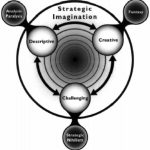
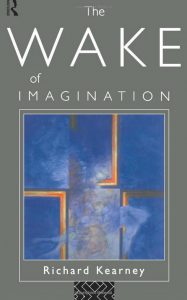
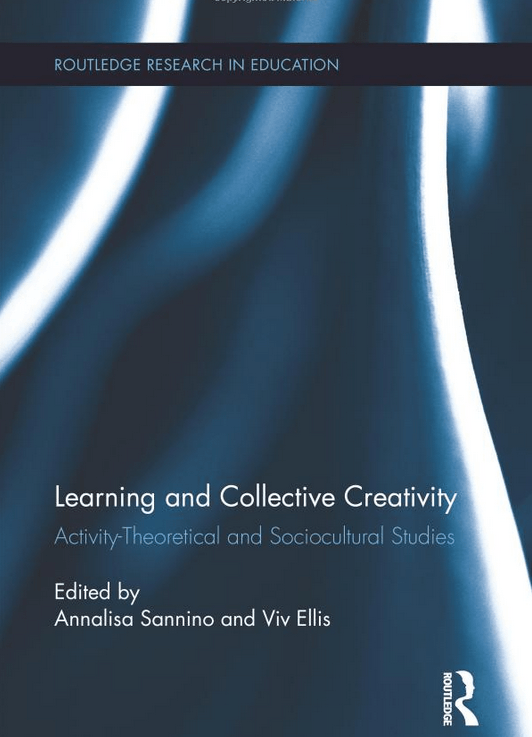
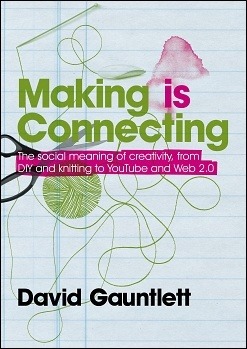
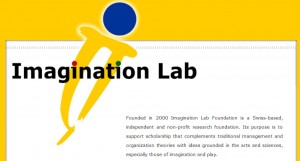
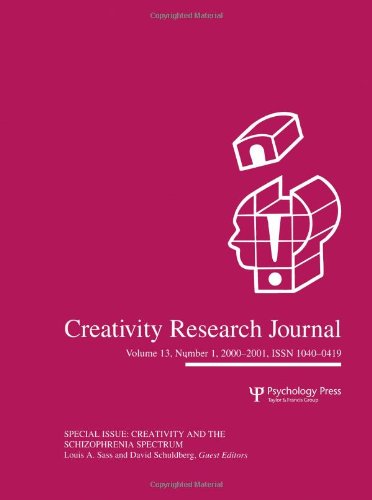


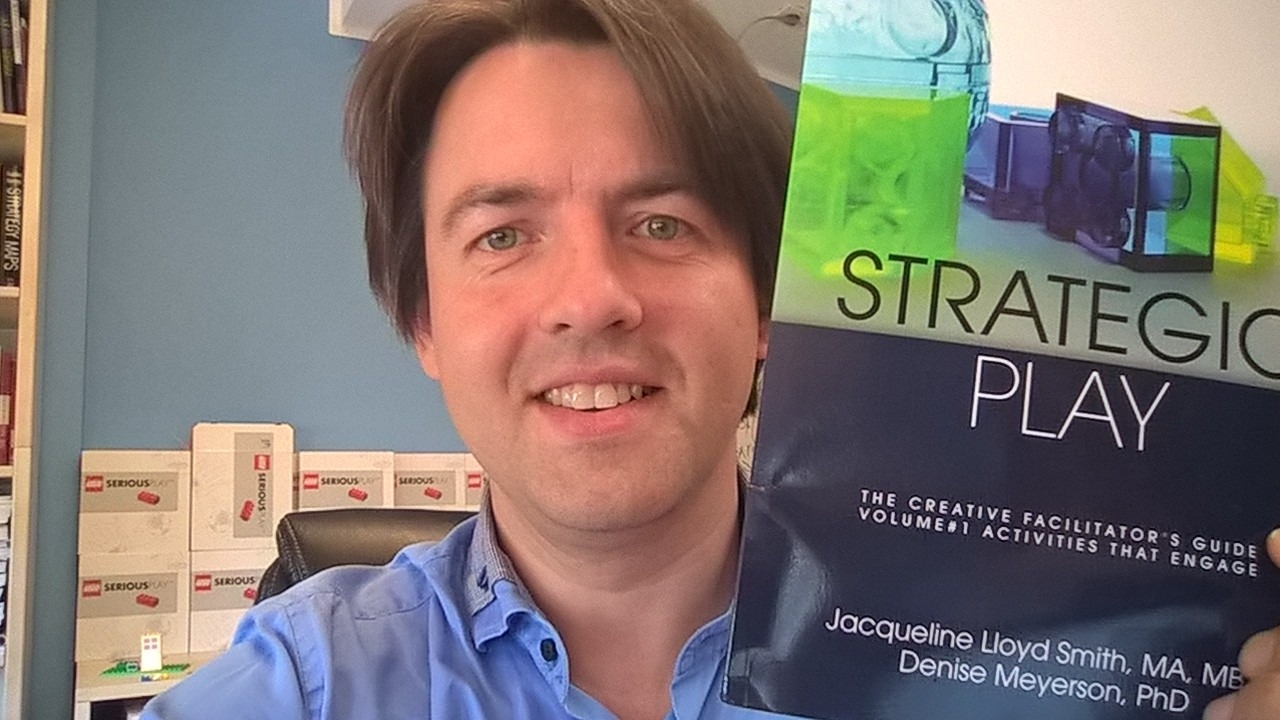
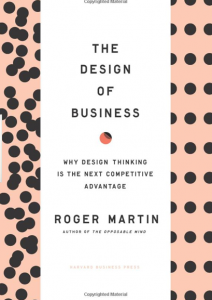

 Become a LEGO Serious Play facilitator - check one of the upcoming training events!
Become a LEGO Serious Play facilitator - check one of the upcoming training events!